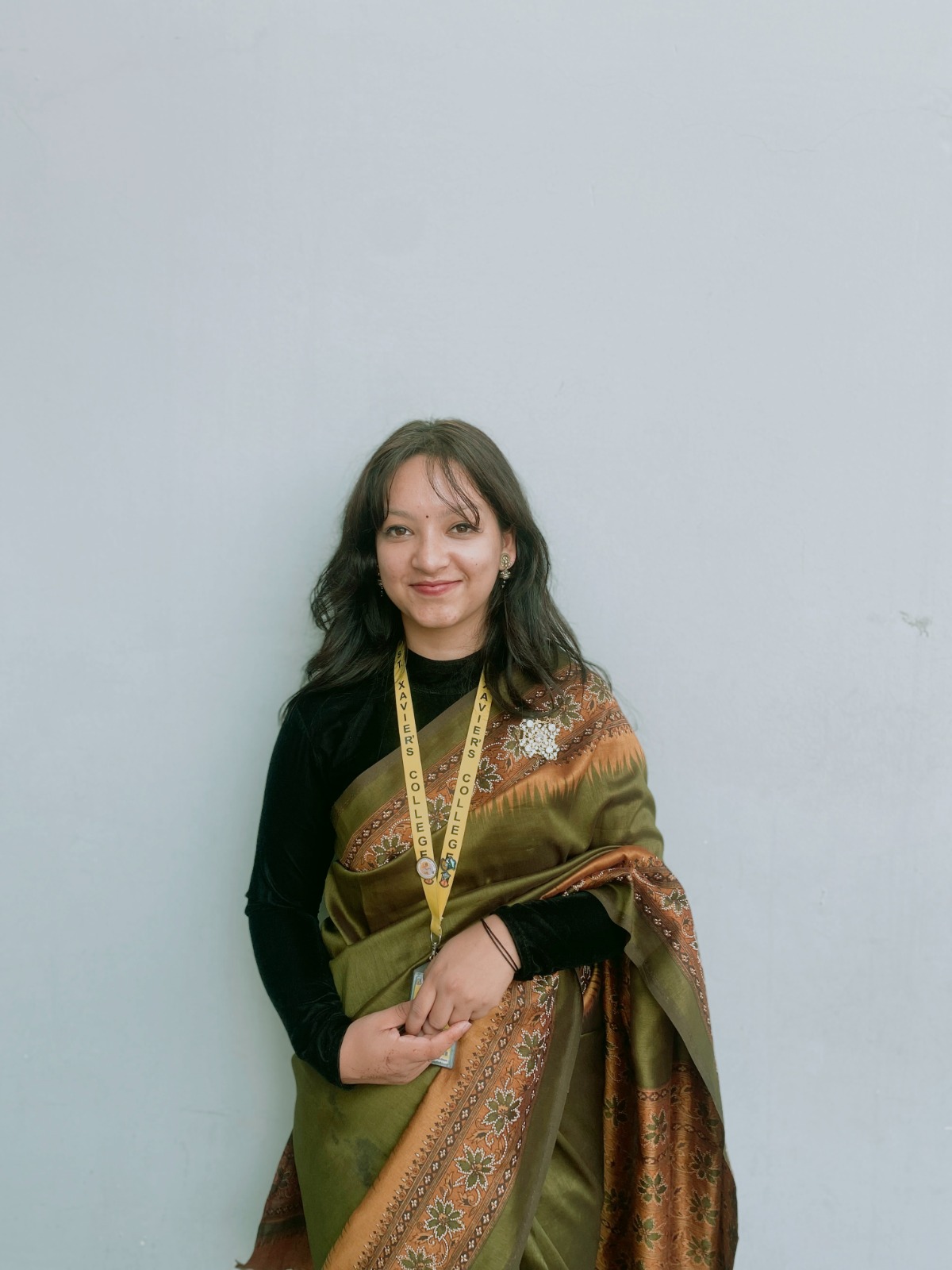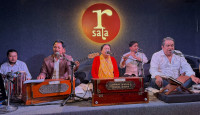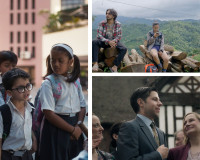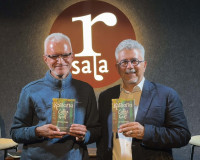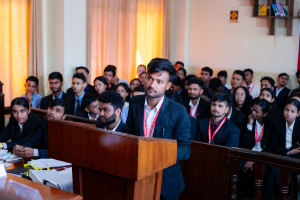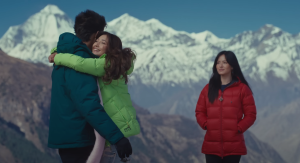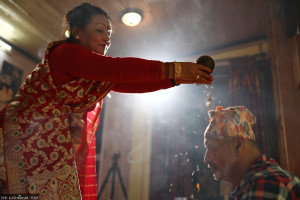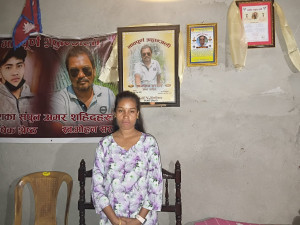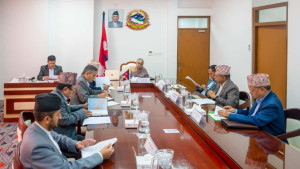Culture & Lifestyle
How a life of service and writing took shape
Former civil servant and author Ramchandra Man Singh shares insights into his career, travels, and the stories behind his books.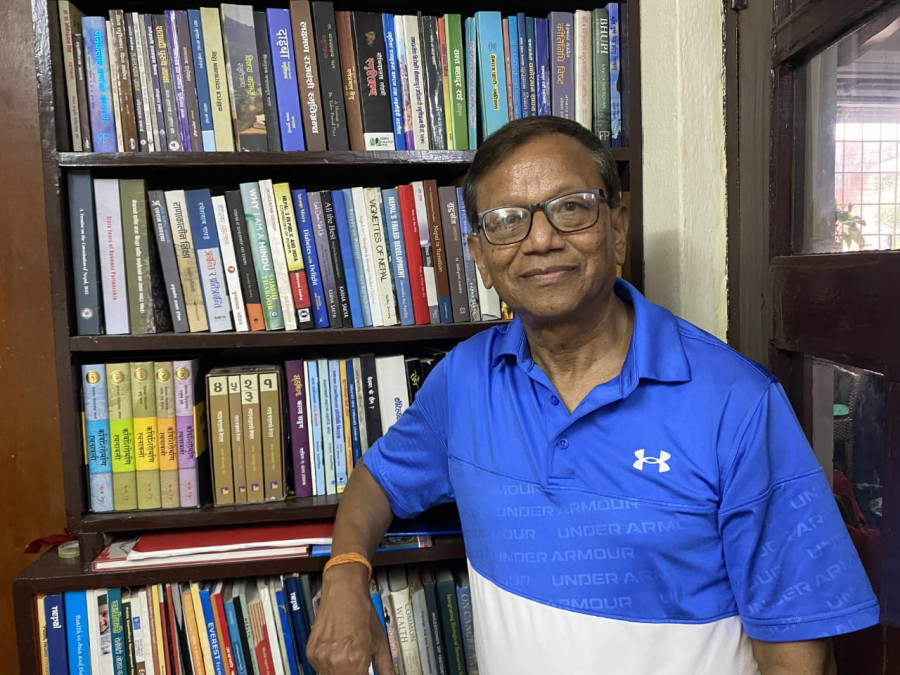
Aarya Chand
Born in 1956, Ramchandra Man Singh spent decades serving Nepal as a civil servant. He brings his unique insider’s perspective to his books, blending personal memoirs with the history and transformation of Nepal.
His first book, ‘Customs Administration: Theory and Practice: with reference to Nepal’ (2010), is a detailed exploration of Nepal’s customs system. He followed this with tributes—a memorial for his father, ‘Kabiraj Dasarathman Singh’ (2018), and a book celebrating his parents’ diamond jubilee. Most recently, he published his memoirs, ‘From Tansen to Tashkand: Recollection of Six Decades’ (2021) and ‘Samriddha Deergayu’ (2025).
In this conversation with the Post’s Aarya Chand, Singh reflects on his journey from civil service to writing, recounting experiences from his travels and offering insights on health, along with Nepal’s social and cultural evolution.
After a long career in Nepal’s civil service, what made you turn to writing?
I started writing before joining the civil service. My first piece, about cancer, was published in Madhupark magazine in 1978. As a science student, I often wrote about science and technology in papers like Gorkhapatra and The Rising Nepal. Later, while working in administration, I contributed to the Civil Service monthly magazine. When I moved to the Ministry of Finance, I began writing about customs for newspapers, and eventually published books on the subject.
Speaking of your books, your latest one, ‘Samriddha Deergayu’, focuses on health and longevity. What drew you to this subject?
I’ve always enjoyed reading biographies and memoirs. Over the years, I noticed that while life expectancy has increased, there’s very little literature on the subject. I was fortunate to spend time with my father until he was 99—healthy, sharp, and aware of the world. His stories, like his days studying in Varanasi, were inspiring. I wanted to show that people can remain active and engaged even in old age. That’s quite rare, and I felt it deserved to be documented.
It sounds like you approached this book differently from your earlier works. How was the writing process?
For ‘Samriddha Deergayu’, I took a more fact-based approach compared to my earlier, memory-driven works. I researched widely, reading about people who had achieved remarkable things in later life—someone earning a PhD at 106, another climbing Everest at 80.
I also spent two years with my children in the US, where I had easy library access. That gave me the time and resources to explore the topic in depth, looking at ageing from political, social, and economic perspectives.
You’ve written about various stages of your life–from your childhood in Tansen to your international travels. How do you choose what to include?
I grew up in Tansen and stayed there until I finished school. I moved to Kathmandu to pursue higher studies since Palpa didn’t have a science college back then. Over the years, I’ve written about various travels and memories. One crucial period was during my Master’s when I worked in rural Kalikot under the National Development Service programme—that area was very underdeveloped. I also include stories from my international travels, choosing only the most memorable experiences. My writing isn’t in strict chronological order; it’s arranged more by context and relevance.
From remote districts in Nepal to major international forums, you’ve travelled widely. What kinds of journeys have stayed with you and found their way into your books?
Once I began working in government, most of my responsibilities were at the central level, which meant opportunities to travel both within Nepal and abroad. Some journeys were to remote districts, like during my early service years, while others took me to major international forums. I once attended the WHO general meeting on behalf of the prime minister, and I’ve taken part in bilateral discussions with various countries, as well as multilateral negotiations at the WTO.
My work also involved serving on bodies such as the Global Fund and UNAIDS, which exposed me to a wide range of perspectives and ideas. Nationally, as Director of Customs, I travelled frequently for bilateral meetings. These experiences—whether in a small rural community or a global conference hall—have shaped how I understand governance and identity, and they often surface in my writing.
Your books range from technical works on customs to personal family histories. How have readers responded to these very different kinds of writing?
I’m glad I wrote about customs because the book continues to be useful. Even now, customs staff tell me they refer to it when preparing papers for international travel. Another example would be the researcher Gautam Maharjan, who was pursuing a PhD in customs and discovered my book at the Department of Customs after searching widely for resources. He contacted me, used it extensively in his research, and we have remained in touch since. That kind of feedback is gratifying.
Another work, about my father, is significant to me. It holds nearly a century of history. That book’s personal and historical value goes beyond any professional achievement, making it one of my most treasured works.
Are there any authors that have particularly influenced your outlook, either in your civil service career or in your writing?
Many writers have influenced me, often making me think, ‘I wish I could write like that.’ While working on ‘Samriddha Deergayu’, I came across a book ‘The Well-lived-life’ by Gladys McGarey, a 102-year-old physician. I learnt that her childhood was spent in India, where her parents served as medical missionaries—around the same time my father was studying there.
Although she trained in modern medicine, she also embraced a traditional, holistic approach, much like my father did. Reading her reflections on caring for patients brought back vivid memories of watching my father treat people when I was a child. The way she combined medical knowledge with empathy and cultural understanding resonated with me, and each chapter left a lasting impression that shaped how I approached my writing.
Do civil servants in Nepal tend to read enough?
Before joining, most read a lot to prepare for the exams. After that, many stop reading literature altogether. That’s the reality.
You’ve written across genres—memoir, biography, health, and public service. Which have you enjoyed most, and what’s next?
My main interests have always been memoirs and autobiographies. What I enjoy most depends on the time and context, but personal narratives appeal most. Looking ahead, there are three subjects I am eager to explore.
First, I want to write about Nepal’s budget history, starting from 1951 up to the present. I have already gathered the necessary data, but I intend not to present it in figures alone. I want to capture the atmosphere, the decision-making process, and the context surrounding each year’s budget.
Second, I would like to reflect on the period I was born into—1956—a turning point in Nepal’s development. It was the year the Planning Commission was created, Nepal Rastra Bank was established, and the first university opened in 1959, when road infrastructure was still minimal. Over the seventy years since, I have witnessed significant change, and I want to chart that transformation.
Lastly, I am interested in researching the Newa communities that have settled in various places—how and why they moved and the stories behind those movements. This project would require an in-depth study, but one I’m excited to pursue.
Ramchandra Man Singh’s book recommendations
Tyas Bakathko Nepal
Author: Sardar Bhimbahadur Pandey
Publisher: Phoenix Books
Year: 2019
Pandey covers nearly 100 years of Nepali history and provides valuable insight into the country’s development.
Antarmanko Yatra
Author: Jagadish Ghimire
Publisher: Jagadish Ghimire Pratisthan
Year: 2008
Jagadish Ghimire discusses the challenges he faced and shares life lessons in an inspiring manner.
Mero Kavitako Aaradhana
Author: Balkrishna Sama
Publisher: Sajha Prakashan
Year: 1966
Although Nepali literature is relatively young, this work was published nearly 60 years ago, making it a must-read.
The Well-Lived Life
Author: Gladys McGarey
Publisher: Penguin Books
Year: 2023
An inspiring read by a 103-year-old doctor who treated over one thousand patients in her lifetime.
The Happiest Man on Earth
Author: Eddie Jaku
Publisher: Harper Collins
Year: 2020
This book tells the inspiring story of Eddie Jaku, a Holocaust survivor who repeatedly escaped death during World War II.




 17.12°C Kathmandu
17.12°C Kathmandu